Equipment Used in the NICU
When you and your baby first arrive in the Neonatal Intensive Care Unit (NICU), you may feel stressed by the equipment, tubing, monitors, and alarms in this area. These are the tools of the NICU that help meet the varied and special needs of premature and/or sick babies. To be an active partner in your baby’s care in the NICU, it helps to know a bit about these tools. Below is a description of the equipment that helps support the four main needs babies have to survive outside the mother’s womb: warmth, breathing, feeding, and blood flow.
To help with warmth:
Babies whose bodies are able to keep warm can sleep in a regular open crib. Babies who have problems keeping warm are usually placed in one of the following special beds:
A radiant warmer is a bed that helps keep the baby’s body temperature regulated. A sensor, placed on the baby’s stomach or chest, keeps track of the baby’s body heat and signals the warmer to increase or decrease heat to the baby. The glass sides protect the baby from drafts. Because it is an open bed, it is normally used for babies who need more “hands-on” care. 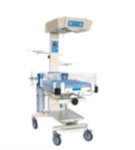
An isolette, also called an incubator, uses moist air to keep the baby warm. Since premature babies can lose moisture through their thin skin, water is added to the air to help prevent this. Like in the warmer, a sensor placed on the baby’s stomach adjusts the amount of heat provided. Because it is enclosed, an isolette also helps to protect the baby from noise, drafts and germs.
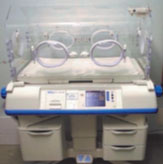
To track breathing and blood flow:
A monitor checks your baby’s vital signs at regular intervals and displays the results on a screen. Nurses and doctors review these screens to keep track of your baby’s vital signs. The monitors may be grouped into one large unit near your baby’s bed, or many smaller monitors placed near the bed. Each NICU varies, so ask the NICU staff if you have questions. The cardiorespiratory monitor keeps track of heart rate and breathing rate. Sensors placed on your baby’s chest send signals to the monitor with this data. Blood pressure is measured with a small cuff placed around your baby’s leg or arm. The cuff fills with air to measure the blood pressure – just like the cuff a doctor uses for adults.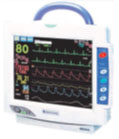

 A pulse oximeter keeps track of the amount of oxygen in your baby’s blood. A small sensor placed on the baby’s hand or foot sends a beam of light through the baby’s skin to measure oxygen rates. This is a painless method that helps doctors know how well your baby’s heart and lungs are working.
A pulse oximeter keeps track of the amount of oxygen in your baby’s blood. A small sensor placed on the baby’s hand or foot sends a beam of light through the baby’s skin to measure oxygen rates. This is a painless method that helps doctors know how well your baby’s heart and lungs are working.
To help with breathing, feeding, blood flow, and medicines:
Infusion pumps: provide fluids, food and medicines your baby may need. These pumps are set to provide a precise amount at the rate and time that meets your baby’s unique needs.
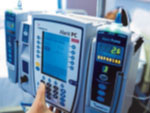
Ventilator: Babies who cannot effectively breathe on their own will need a machine that inflates their lungs and support the infants breathing. A baby is connected to the ventilator or breathing machine by an endotracheal tube (a plastic tube placed into the windpipe through the mouth). There are many types of ventilators.
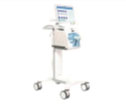
CPAP: Continuous Positive Airway Pressure is used to deliver constant air pressure into a baby’s nose, which helps the air sacs in the lungs stay open. CPAP is often used in babies who are breathing well enough on their own that they do not need mechanical ventilation, but who need more support to help prevent oxygen level from dropping. It can be provided through nasal prongs or soft nasal mask which is secured by Velcro to your babies head, so it does no come out with movement. 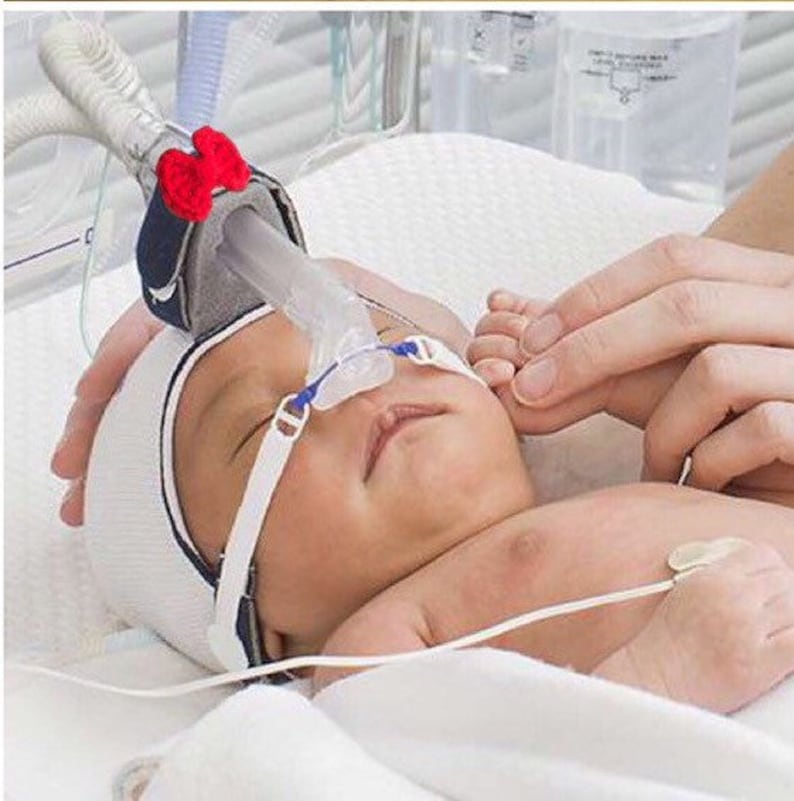
Nasal Cannula: Nasal cannula (NC) is used to deliver oxygen when your infant is more stable than needing CPAP but still needs some support because can not tolerated being on room air. The oxygen they deliver can help babies in two ways. First, NC provide a small amount of pressure as the oxygen blows into the nose, which can help babies’ lungs to stay inflated and can remind them to breathe.
Parents may hear this called “flow” or a certain number of “liters.” Second, they can deliver a higher than normal amount of oxygen to help babies oxygenate their bodies. Infants on nasal cannula may have decreased gastric distension, can more easily breast or bottle-feed, and more easily enjoy the benefits of close physical contact with parents. 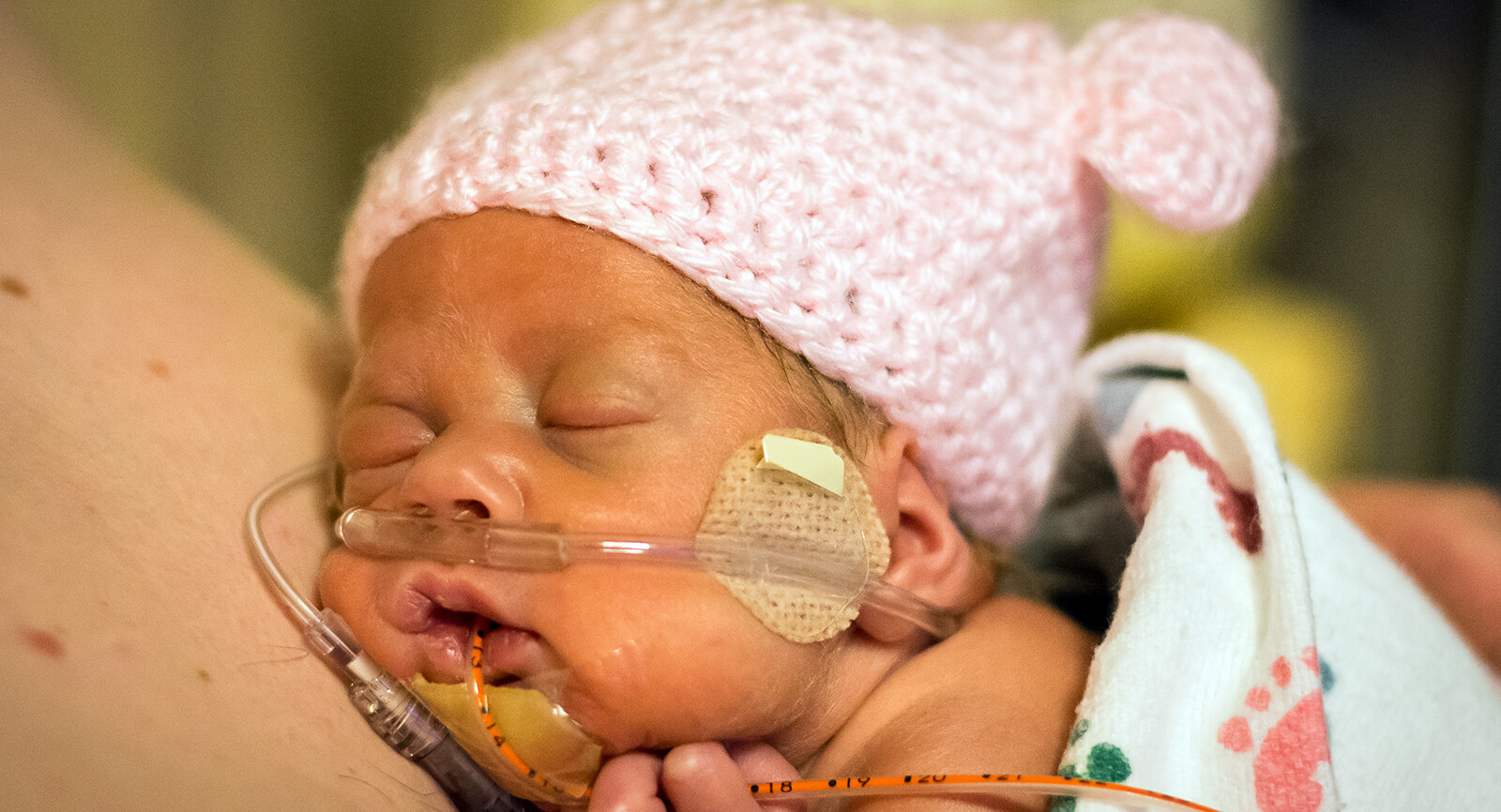
Feeding tubes: OG (mouth to stomach) or NG (nose to stomach) tubes are frequently used in the NICU. Most patients will have one placed for some portion of their NICU stay. The feeding tube has two primary purposes for the critically ill neonate. One is for venting and decompressing the stomach, and the second is for feeding. These tubes are used for infants who are not able to take milk by breastfeeding or bottle feeding.
Other tools:
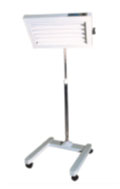
 A phototherapy light, called a bili light, is used for babies who have too much bilirubin in their blood (called jaundice). Untreated jaundice can cause serious problems. This light is sometimes used to convert the bilirubin into a harmless substance. The light is not harmful, but your baby’s eyes must be covered for protection while under it.
A phototherapy light, called a bili light, is used for babies who have too much bilirubin in their blood (called jaundice). Untreated jaundice can cause serious problems. This light is sometimes used to convert the bilirubin into a harmless substance. The light is not harmful, but your baby’s eyes must be covered for protection while under it.
What can parents do?
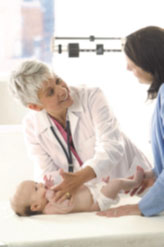 As parents, you play a vital role in your baby’s care. Learning about the tools of the NICU is one way to take an active role in that care. Talk with your baby’s doctors and nurses about these tools. The equipment is complex, so ask questions until you feel you understand. Learning about your baby’s care may help you reduce the stress you may feel when your baby is in the NICU.
As parents, you play a vital role in your baby’s care. Learning about the tools of the NICU is one way to take an active role in that care. Talk with your baby’s doctors and nurses about these tools. The equipment is complex, so ask questions until you feel you understand. Learning about your baby’s care may help you reduce the stress you may feel when your baby is in the NICU.
